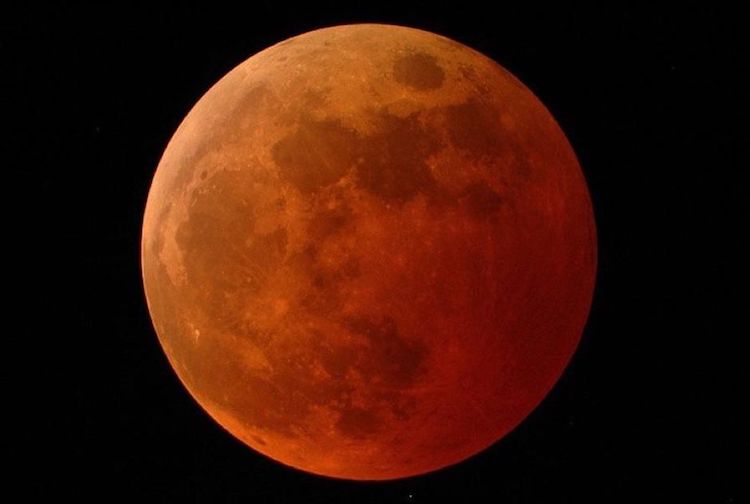- Home
- The Arizona News
- Total Lunar Eclipse to Take Place on May 26

Total Lunar Eclipse to Take Place on May 26
Turn around bright eyes and get ready for a total eclipse of the moon, which will occur in the morning hours of May 26.
Eclipses of the moon are rare and are totally safe to view with the naked eye, unlike the potential dangers of viewing a solar eclipse.
The sacred geometry of a lunar eclipse places the Earth between the moon and the sun, thus blocking the light that the sun sends to the moon.
In this particular eclipse of the moon, it is on its descending node and passes into the outer shadow of the earth, the penumbra, and then on to a short journey into the core of the Earth’s shadow, the umbra.
Next Wednesday’s lunar eclipse will be a total lunar eclipse for us here in the western US, as well as being one of the shortest in totality at only 14 minutes.
This total lunar eclipse is part of a large series of eclipses known as Saros cycle 121, which has 84 eclipses. The last one occurred May 16, 2003. This total lunar eclipse was best seen over South America.
This is the last of the total lunar eclipses in Saros 121.
The full moon of May 26 is known as the full flower super moon and the closest full moon of 2021.
Start looking at the moon around 2:30 a.m. Arizona time, as the moon will begin its march into the dark umbral shadow at 2:45 a.m.
The eclipse progresses as the moon continues to get darker and possibly a shade of orange and red.
Totality will begin at 4:11 a.m. Arizona time, with maximum eclipse at 4:19 a.m. Totality will end around 4:26 a.m.
If you miss this event, the next total lunar eclipse here in Arizona will occur the night of May 15, 2022.
